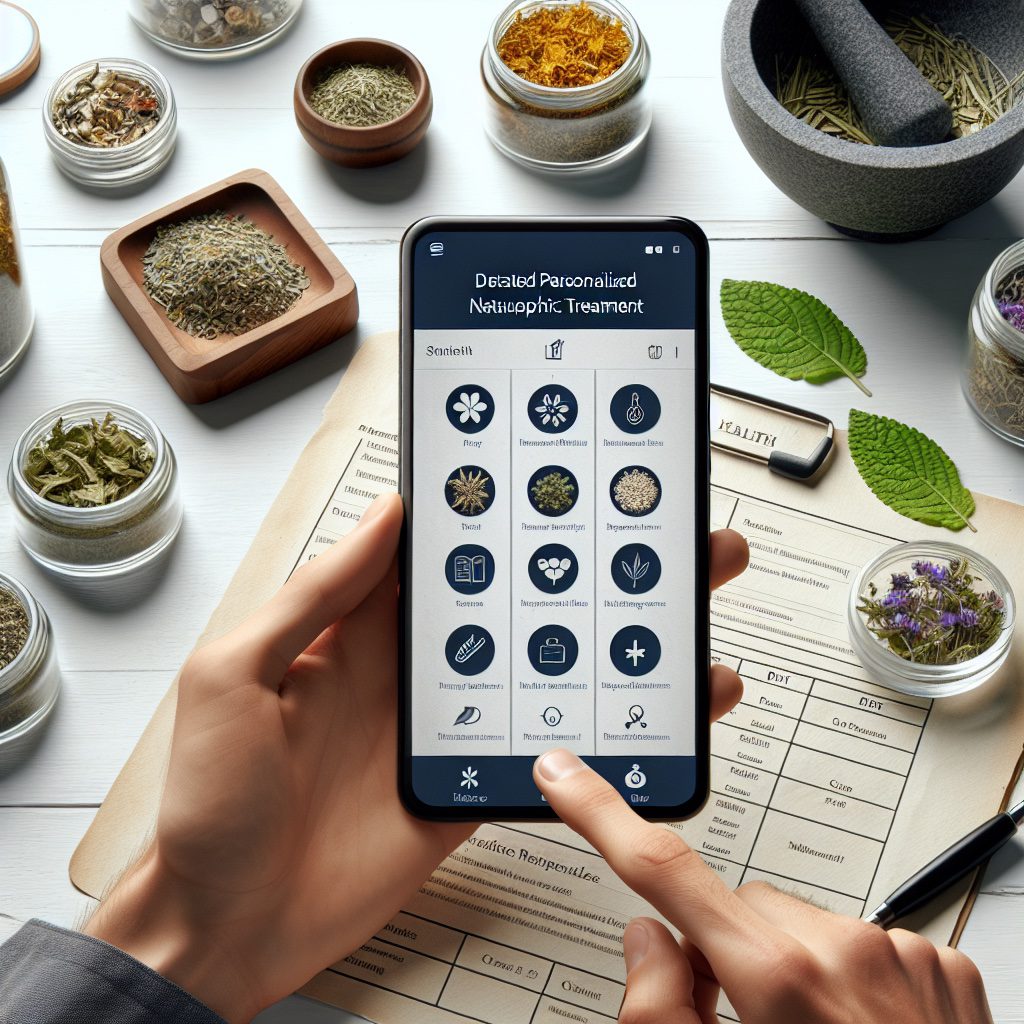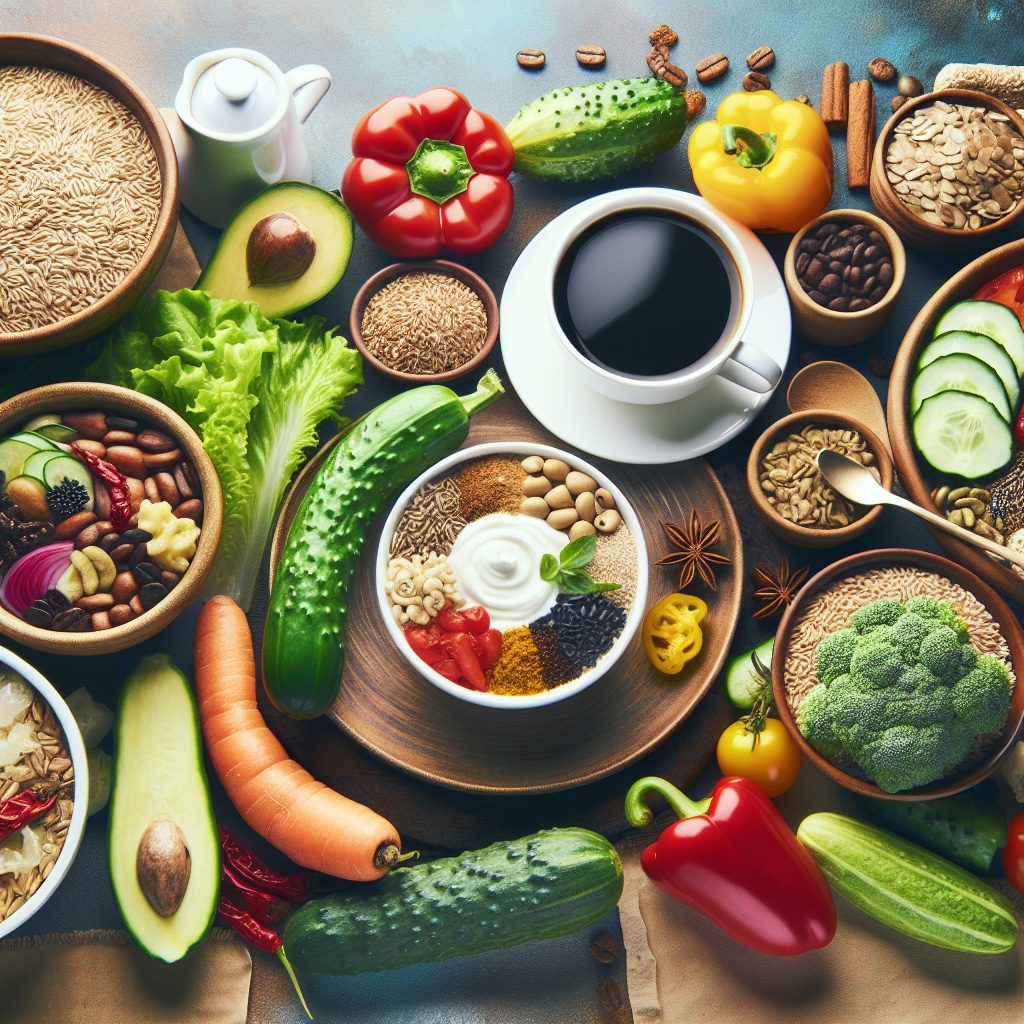The Herbal Tea Experience
Are you secretly ruining your herbal tea experience without even knowing it? There’s nothing quite like the soothing embrace of a perfectly brewed cup of herbal tea – that moment when aromatic steam rises, carrying promises of tranquility and well-being. It’s no wonder that herbal teas have become the beloved ritual of health lifestyle advocates and cultural explorers alike, offering a natural pathway to balance in our hectic lives.
Temperature and Timing Mistakes
But here’s the uncomfortable truth many of us face: despite our best intentions, we might be sabotaging our perfect cup with every brew. The ancient wisdom behind Chinese tea brewing techniques reveals that two crucial elements – temperature and timing – often stand between you and tea perfection. That delicate chamomile blend you’ve been steeping in boiling water? It might actually be screaming in protest! Or that ginger infusion you quickly dunked for 30 seconds? It’s barely had time to release its warming properties.
“Are you unknowingly turning potential liquid gold into bitter disappointment?” It’s a fair question when studies show that up to 80% of casual tea drinkers make fundamental mistakes in their brewing process. The temperature of your water and how long you allow your herbs to dance within it aren’t just minor details – they’re the difference between a transformative experience and a mediocre cup that fails to deliver on both flavor and health benefits. Let’s uncover these ancient secrets before your next herbal tea adventure falls victim to these common missteps.
The Science of Chinese Tea Brewing Techniques
Diving into the fascinating world of Chinese tea brewing techniques reveals a centuries-old science that many of us overlook. Temperature isn’t just a matter of convenience—it’s the critical factor that can unlock or destroy your tea’s potential. Traditional Chinese wisdom teaches us that different teas require specific heat levels to fully express their character. For robust herbal blends, water at full boil (212°F/100°C) is often ideal, creating the perfect environment for herbs to release their full spectrum of flavors and beneficial compounds. As one Chinese tea master once said, “The water temperature is like the key that unlocks the door to the tea’s soul.”
But temperature is only half the equation. The steeping time—how long your herbs dance in the water—is equally vital. Many of us are guilty of the “dip and go” approach, but Chinese brewing techniques emphasize patience and precision. For most herbal teas, allowing a minimum of 5-7 minutes for the first infusion gives the herbs time to fully unfurl and release their essence. What many don’t realize is that quality herbal teas can be infused multiple times, with each steeping offering a unique experience. The second infusion might reveal deeper, more complex notes that were hiding during the first steep.
The Art of the Gong Fu Tea Method
This brings us to one of the most refined approaches to tea brewing: the Gong Fu Tea Method. This isn’t just a brewing technique; it’s a ritual that honors the tea through meticulous attention to detail. The term “Gong Fu” translates roughly to “making tea with skill,” and it involves using a higher leaf-to-water ratio, shorter steeping times, and multiple infusions. A typical Gong Fu session might begin with a quick 30-second steep, gradually increasing by small increments with each subsequent infusion, sometimes extending to 15 or more steepings from the same leaves.
What makes the Gong Fu method so special isn’t just the enhanced flavor it produces; it’s the journey of discovery it offers. Each infusion reveals a new layer of the tea’s personality, transforming tea drinking from a habit into a meditative exploration. This approach perfectly aligns with traditional Chinese tea preparation philosophy, which views tea brewing not as a task to be completed but as a path to mindfulness and self-connection.
The beauty of traditional Chinese tea brewing lies in its recognition that the relationship between water, temperature, and time isn’t just about maximizing herbal tea benefits—though it certainly does that. It’s about creating a ritual that invites us to slow down, to notice the subtle changes in aroma and flavor that occur with each careful adjustment. As you master these techniques, you’ll find yourself developing a deeper appreciation for the plant world and its incredible diversity, much like how practitioners of traditional Chinese medicine learned to listen to and work with nature rather than against it.
Now is the perfect time to put these ancient brewing secrets to the test in your own kitchen. Why not experiment with different water temperatures for your favorite herbal blends this week? Try brewing that chamomile at a slightly lower temperature or allowing your ginger tea to steep for a full seven minutes instead of your usual quick dunk. The transformation might surprise you! We’d love to see your brewing adventures – share your discoveries on social media with #HerbalJourney or #PerfectSteep and join our community of mindful tea explorers.
As you adjust your kettle’s temperature and set your timer with newfound precision, remember that this practice is about more than just creating a better-tasting beverage. The act of mindful tea brewing itself invites us to slow down and listen – not just to the water as it bubbles and the leaves as they unfurl, but to our own bodies and what they truly need. This attentiveness resonates deeply with the philosophy of listening to your body’s voice, something we at HerbalsZen believe is essential for finding genuine balance in today’s rushed world.
Each deliberately brewed cup becomes a small act of harmony between humans and nature. When you honor the ideal conditions for your herbs to express themselves fully, you’re participating in a conversation with the natural world that has been ongoing for thousands of years. The Chinese tea masters who perfected these brewing techniques understood that we aren’t separate from nature but integral parts of it – when we treat herbs with respect, they respond by offering their full potential.
There’s a beautiful symmetry in how this ancient wisdom mirrors our modern search for authenticity and mindfulness. The next time you prepare your herbal tea using these traditional Chinese tea preparation methods, notice how the ritual itself becomes a moment of peace in your day. Feel the warmth of the cup against your palms, inhale the complex aromas that proper brewing has released, and appreciate the connection to countless generations who have found solace and health in this same simple act.
Your journey with herbal tea is uniquely yours – one that evolves with each thoughtfully brewed cup. Whether you’re drawn to the preciseness of the Gong Fu method or simply adjusting your water temperature and steeping time, you’re taking meaningful steps toward maximizing herbal tea benefits and finding your own perfect balance. So raise your cup to the ancient wisdom that continues to guide us, and remember that sometimes, the most profound secrets are also the simplest.




